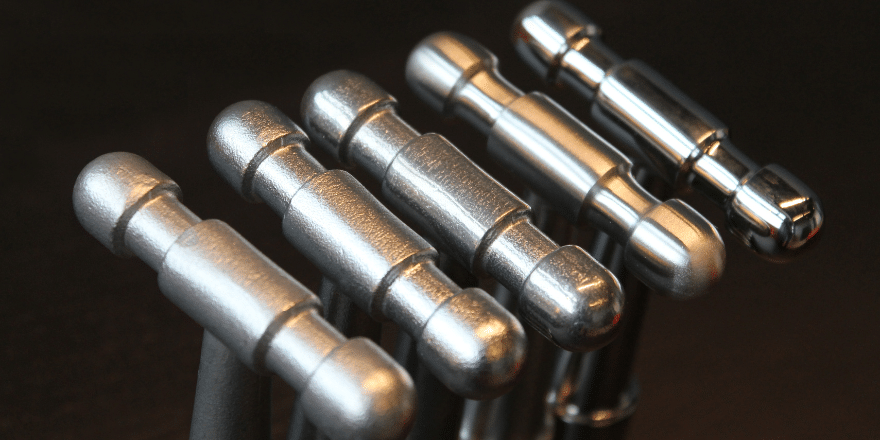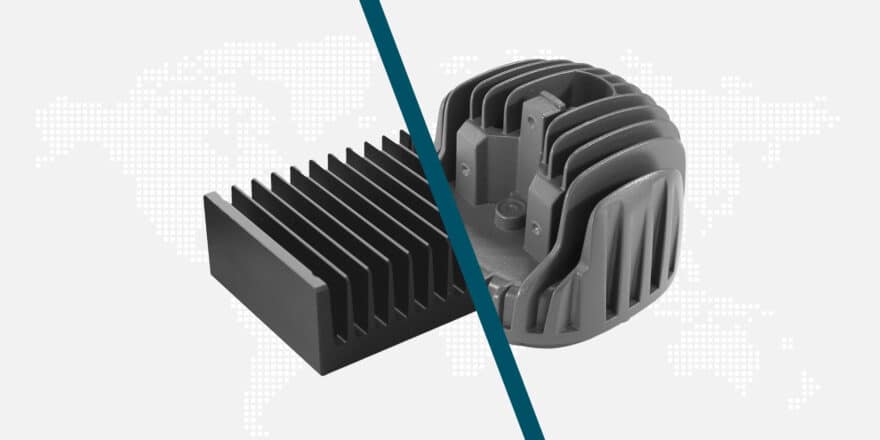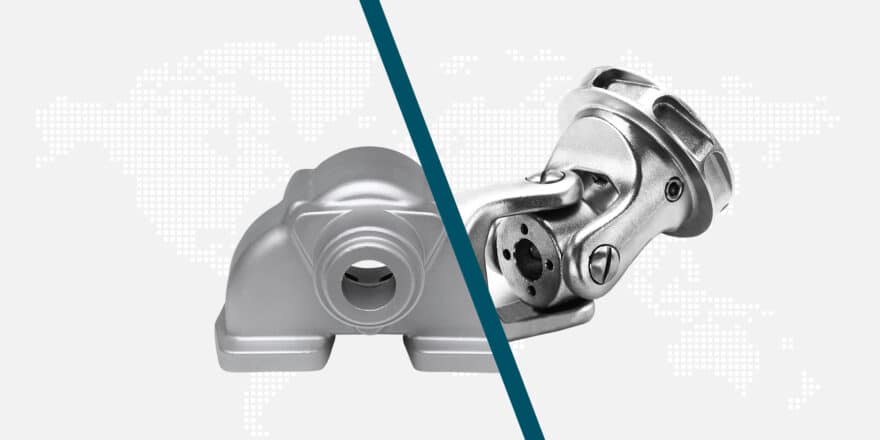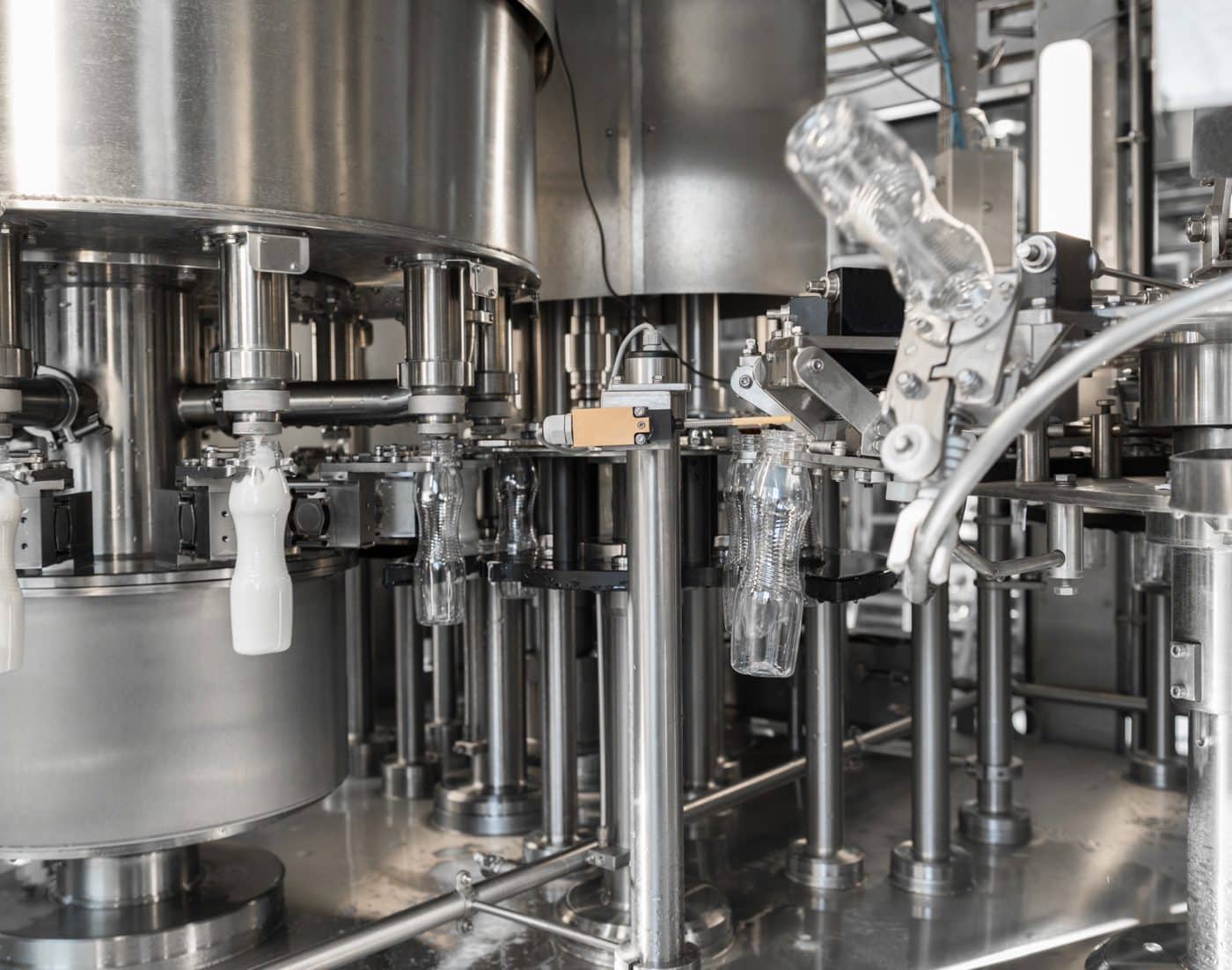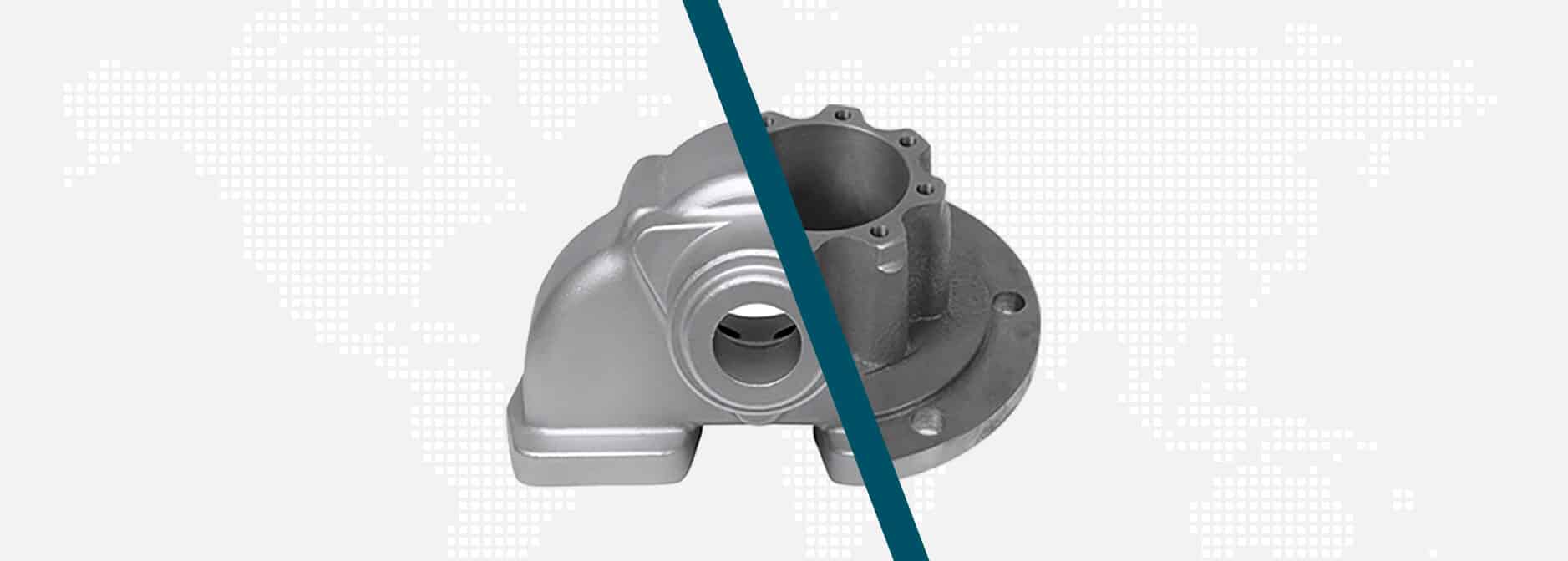
DETAILED COMPARISON of SHELL MOULDING vs SAND CASTING
Two of the most common casting techniques are shell moulding and sand casting. Both methods have their own unique advantages and applications. In this article, we’ll take a closer look at the key differences between shell moulding and sand casting. We’ll explore the manufacturing process, material compatibility, surface finish, and other important factors to help you determine which approach is best suited for your metal casting needs.
Shell Moulding: A Modern Technique
Shell moulding is a relatively new casting technique developed in Germany in the mid-20th century. It involves creating a mould from a thin shell of sand and resin, which is then heated to form a hard, durable mould. This method is known for its precision and ability to produce complex shapes with fine details.
The Shell Moulding Process
- Tooling production: the process begins with creating a cast iron tool, machined to precise dimensions.
- Mounting and heating: the tool is mounted in a machine and heated.
- Filling with resin sand: the heated tool is filled with resin-coated sand, which hardens upon heating.
- Shell removal: the hardened shell is removed from the tool.
- Assembly: two shell halves are glued together to form a complete mould.
- Support and casting: the assembled shells are placed in a steel box and supported with fine sand before molten metal is poured in.
- Finishing: after cooling, the shell is removed, and the casting is cleaned and finished.
Sand Casting: A Traditional Approach
Sand casting, on the other hand, is a more traditional method that has been used for centuries. It involves creating a mould from sand, which is then filled with molten metal. This method is versatile and can be used for both small and large-scale production.
The Sand Casting Process
- Tooling production: similar to shell moulding, the process starts with creating a tool, often from aluminium or wood.
- Mould creation: half of the tool is placed in a steel box and filled with sand, which is then compacted.
- Cavity formation: the tool is removed, leaving a cavity in the sand.
- This is repeated for the second half of the tool.
- Core placement: if needed, a core is placed in the cavity to create more complex sections.
- Assembly: The two boxes are assembled.
- Casting: molten metal is poured into the mould.
- Finishing: after cooling, the sand mould is removed, and the casting is cleaned and finished.
Comparing Shell Moulding and Sand Casting
- Environmental impact: shell moulding is more environmentally friendly due to less use of moulding and binding materials therefor less pollution.
- Complexity: sand casting allows for more complex designs due to its flexibility in mould creation.
- Precision: shell moulding offers tighter tolerances and smoother surfaces.
- Material suitability: sand casting is better suited for high melting point materials like steel and stainless steel.
- Production speed: shell moulding is faster, taking about 10 minutes per shell compared to 20-30 minutes for sand casting.
Applications
- Offshore industry: prefers sand casting for large, single-off parts.
- Equipment manufacturing: often uses shell moulding for its precision and ability to handle thin walls.
- Agricultural and machine building: utilise both methods depending on the specific requirements of the parts.
Conclusion
Both shell moulding and sand casting have their unique advantages and applications. The choice between the two depends on factors such as part complexity, material, production volume, and cost considerations. As technology advances, these casting methods continue to evolve, offering even greater precision and efficiency.
For more detailed information or to discuss which method would be best for your casting needs, please reach out to your ELCEE contact person. We’re here to assist you in navigating the complexities of casting and ensure you achieve the best results for your projects.


